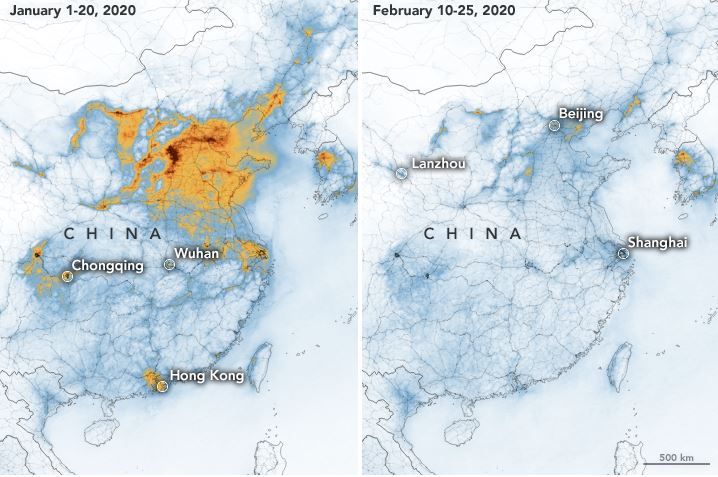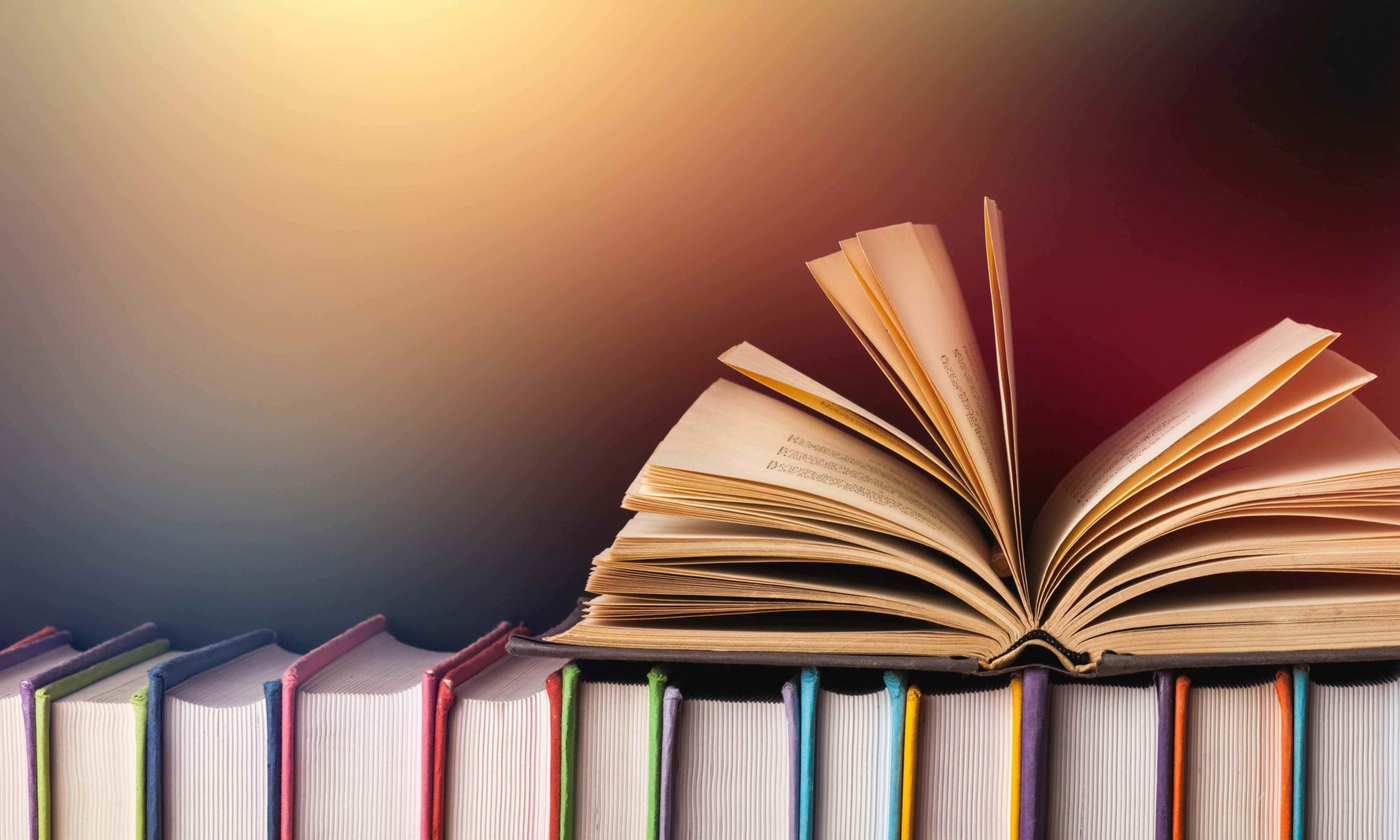
Economists foresee that the future trajectory of the stock market will follow the trajectory of confirmed COVID-19 cases. They have an inverse relationship. The more cases of coronavirus, the poorer the stock market will perform. Environmentalists see the same inverse relationship between human activities and the health of the Planet. Roughly speaking, the more pollution caused by social and business interactions in the Anthropocene, our present geological age of man, the less healthy the Planet. COVID-19 is a test run for humanity to survive in a virtual-dependent world, e-clinic, e-grocer, e-library, e-market, e-school, e-office, e-recital, e-trade, e-cinema, as many e- affixes you can think of.
When China was at the brunt of the COVID-19 outbreak in January, all factories and businesses in the country were closed by law to curb the spread of coronavirus. Chinese people had celebrated one of the quietest and scariest, if not the quietest and scariest, Chinese New Year at home for two months. Mass transportation was suspended or service hours were reduced in many cities. Communities including residences and businesses shut their doors to returning migrant workers after the biggest traditional holiday for fear they would bring infectious disease. So production lines were delayed to resume until early March. Wall Street tumbled partly because the Chinese suppliers to big American firms couldn’t operate their machines and Chinese stores of multinationals were vacant under stringent nationwide disease control measures.
However, the temporary halt of supply chains and retail store traffic brought good news with decreases in nitrogen dioxide over China, according to the satellite data maps from NASA and the European Space Agency (ESA). Nitrogen dioxide primarily gets in the air from the burning of fuels and contributes to the formation of acid rain and ground-level ozone. (See image above)
On the one hand, economists worried as the COVID-19 outbreak in China in early February drove global oil prices down from $55 a barrel to $50 (the prices fell even further in mid-March to below $30 for the first time since 2016). The drop was the result of an energy pricing tug-of-war among the US, Russia and OPEC, a multinational group of oil producers led by Saudi Arabia. On the other hand, environmentalists cheered. The change of color on the satellite data maps showed airborne nitrogen dioxide drop from high-density crimson red to mean-density azure blue. China’s sharp reduction in energy demand in response to the government’s lockdown measures cut the country’s carbon emissions by about 100 million metric tons over two weeks in mid-February, marking the first decline in emissions in three years.
A similar nitrogen dioxide emissions drop was detected over Italy after the country began lockdown on March 8. You can see the gradual change of color in the ESA animation video.
Social media unleashed the wow factor after the surprising discovery that the murky canals in lockdown Venice looked clearer; live fish were visible in the water below. The mass social distancing and reduction of tourists and traffic in Italy definitely have contributed to the temporary good health of the country’s emissions—if the pandemic is infectious globally, so is the rise of greenhouse gas emissions as a result of the free trade and freedom of movement that the West values most.
Biologists and environmental scientists are hotly debating rewilding to reintroduce once-lost keystone plants and animal species to restore our nature. The acceleration of human activities such as population growth and economic development after 1945 at the cost of natural capital are to blame for that lost nature. Humanity is paying a heavy price for the COVID-19 pandemic which originated from humans trading in wildlife, but which may lead to an unexpected rewilding in this quieter spring.
In ancient times, our forebears, without the knowledge of science, believed infectious diseases were an omen of the wrath of God. We know better now. But suppose the COVID-19 outbreak is an unexpected godsend for humanity to learn from the clear water with fish in Venice, the chirping birds in China, and the lonely but abundant cherry blossoms at the Tidal Basin in Washington DC. They are somehow surviving, even flourishing during COVID-19. But what if global warming threatens them as well as costs lives and economic losses on the scale of COVID-19 or greater? Will humanity learn the lessons of COVID-19 and prepare to prevent and cope with the climate crises of the future?
Wanna leave a comment? Click here.
